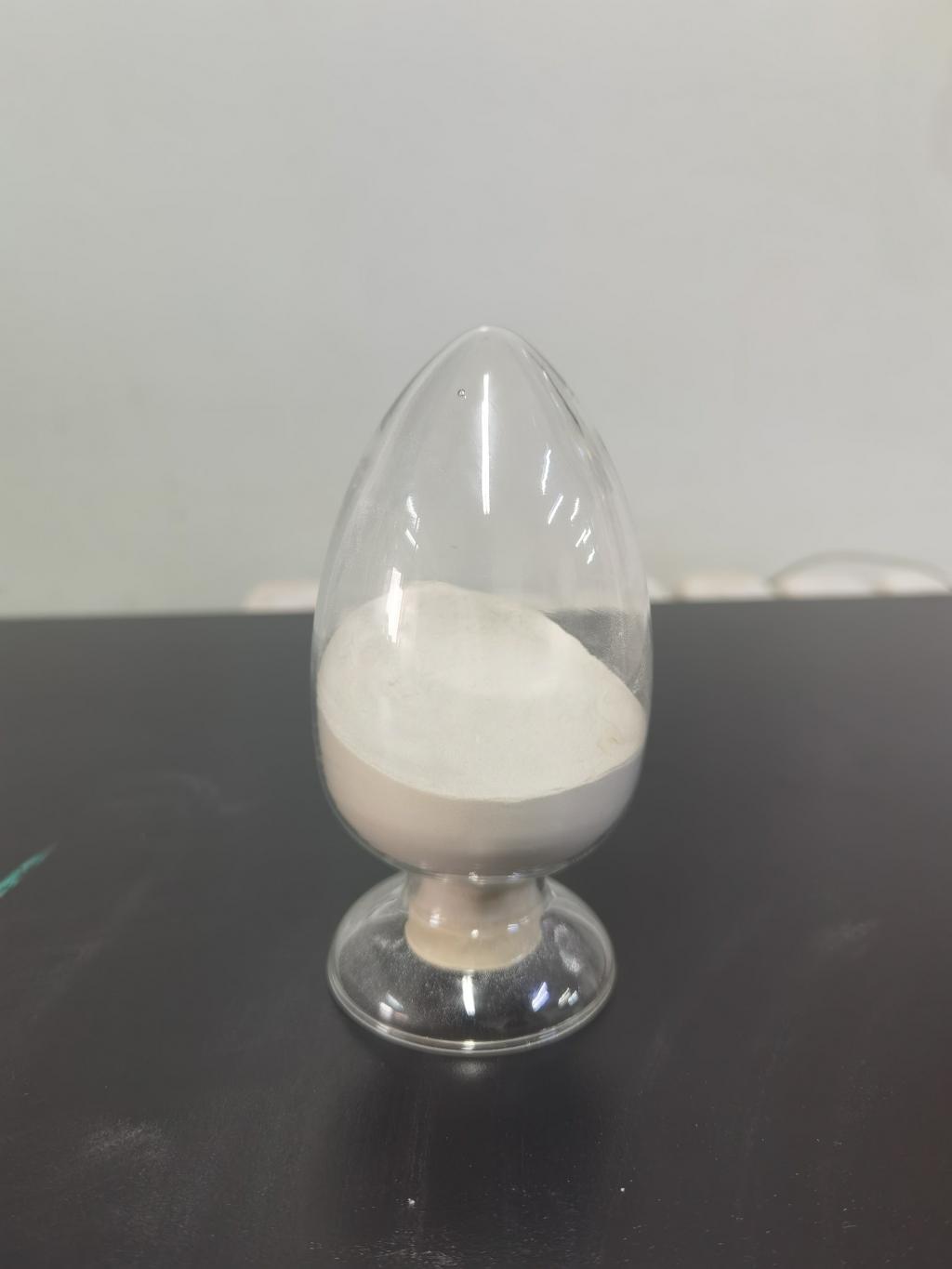Tel:+8618231198596

News
 CONTACT
CONTACT
 CONTACT
CONTACT
- Linkman:Linda Yao
- Tel: +8618231198596
- Email:linda.yao@dcpharma.cn
- Linkman:CHARLES.WANG
- Department:Overseas
- Tel: 0086 0311-85537378 0086 0311-85539701
News
Current Position:
Home >
News
>Nisin's Emergence in Home Cooking: Bringing Professional Preservation to Kitchens
Nisin's Emergence in Home Cooking: Bringing Professional Preservation to Kitchens
TIME:2024-01-03
The Origins of Nisin:
Nisin is a polycyclic antibacterial peptide produced by certain strains of the bacterium Lactococcus lactis. Discovered in the early 20th century, nisin gained prominence for its ability to inhibit the growth of a wide range of bacteria, particularly those responsible for food spoilage and foodborne illnesses. Initially, its use was confined to the industrial production of processed foods, where its effectiveness in preserving food became evident.
The Science Behind Nisin's Antimicrobial Action:
Understanding the science behind nisin's antimicrobial action is crucial for its successful integration into home cooking. Nisin disrupts the cell walls of target bacteria, causing them to lose structural integrity and leading to cell death. This mode of action makes it a potent and natural preservative, and its safety has been extensively studied and confirmed by regulatory authorities worldwide.
Nisin in Commercial Food Production:
Before delving into its emergence in home cooking, it's essential to recognize nisin's long-standing role in commercial food production. The food industry has relied on nisin to extend the shelf life of products, ensuring their safety and quality for consumers. Commonly used in dairy products, canned foods, and meat products, nisin has played a vital role in reducing the need for artificial preservatives.
The Transition to Home Kitchens:
With an increasing focus on health-conscious and natural approaches to food preservation, home cooks are now exploring alternatives to conventional preservatives. Nisin, with its natural origin and proven efficacy, has emerged as a promising choice. The transition of nisin from commercial production to home kitchens is driven by a desire for fresher, longer-lasting homemade goods without compromising on taste or nutritional value.
Applications in Home Cooking:
Nisin's versatility in applications makes it a valuable asset in home kitchens. From preserving homemade jams and pickles to extending the shelf life of artisanal cheeses, its applications are diverse. Additionally, nisin can be incorporated into homemade sauces, condiments, and fermented foods, providing an extra layer of protection against spoilage without altering the original flavors.
Nisin and Fermentation:
The synergy between nisin and the art of fermentation has caught the attention of avid home cooks and food enthusiasts. Fermented foods, such as sauerkraut, kimchi, and pickles, already possess natural preservative qualities. By introducing nisin into the fermentation process, home cooks can enhance the preservation of these foods, ensuring they stay fresh for more extended periods while retaining their unique flavors and probiotic benefits.
Overcoming Challenges:
While the integration of nisin into home cooking is promising, challenges exist. Sourcing high-quality nisin, determining optimal dosage, and ensuring proper incorporation into recipes are considerations that home cooks must address. Moreover, educating consumers about the safe and responsible use of nisin in home kitchens is crucial to prevent misuse and potential health risks.
Regulatory Considerations:
As nisin gains popularity among home cooks, regulatory bodies are taking notice. Ensuring compliance with local regulations and guidelines for food additives is essential to guarantee the safety of homemade goods. Home cooks should be aware of permissible concentrations and application methods, and regulatory bodies should adapt to accommodate the evolving landscape of home cooking practices.
Future Trends and Innovations:
The emergence of nisin in home cooking is indicative of a broader trend towards the adoption of professional techniques in domestic kitchens. As technology advances and consumers become more discerning, the integration of natural preservatives like nisin is likely to increase. Innovations in packaging, storage solutions, and dosage precision may further enhance the accessibility and effectiveness of nisin in home kitchens.
Conclusion:
Nisin's journey from the realms of industrial food production to home kitchens marks a significant evolution in the way we approach food preservation. Home cooks, seeking to strike a balance between culinary creativity and shelf-life extension, are finding in nisin a reliable ally. As awareness grows, and regulatory frameworks adapt, the use of nisin in home cooking holds the promise of extending the lifespan of homemade creations while maintaining the integrity of flavors and nutritional value. As we navigate the intersection of professional preservation and home kitchens, nisin stands as a symbol of innovation and progress in the ever-evolving world of culinary arts.
- Tel:+8618231198596
- Whatsapp:18231198596
- Chat With Skype







